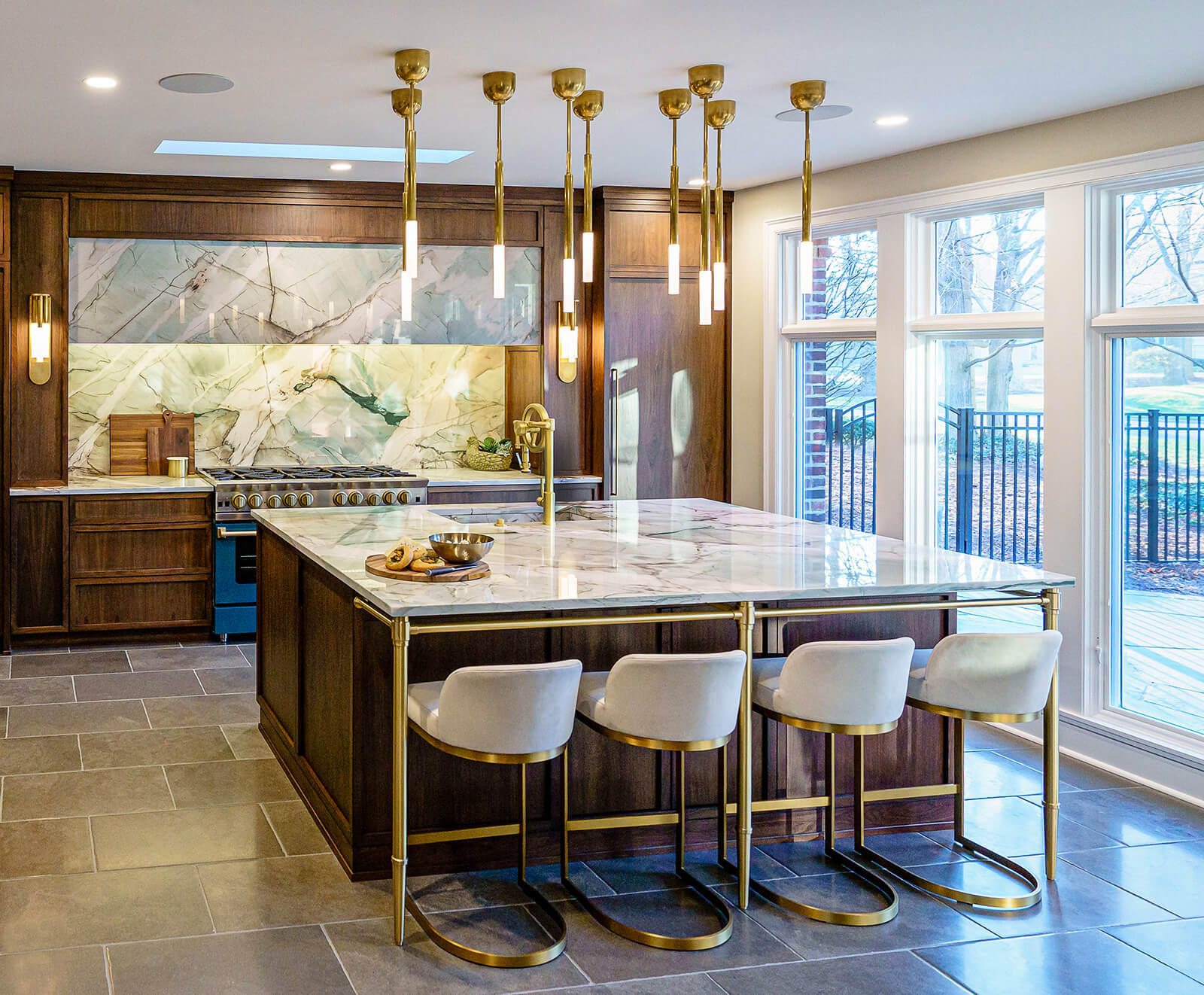Enhance Performance and Design Utilizing Quality Legs For Kitchen Island
Enhance Performance and Design Utilizing Quality Legs For Kitchen Island
Blog Article
Necessary Variables to Take Into Consideration When Selecting Legs For Cooking Area Island
Choosing the ideal legs for a kitchen area island includes a careful analysis of multiple aspects that can significantly affect both functionality and visual charm. As we check out these elements, it ends up being clear that each choice can have significant effects for the overall cooking area experience.
Product Options
When choosing legs for a kitchen area island, recognizing the various product options is essential for attaining both visual charm and structural stability (Legs For Kitchen Island). The choice of product dramatically influences not just the resilience of the island but also its total style and capability
Metal legs, usually made from stainless steel or functioned iron, add a modern-day and commercial feeling while ensuring longevity and security. These materials are immune to wear and can support significant weight, making them suitable for larger islands.
One more alternative is crafted materials, like MDF or plywood, which can be much more affordable while still using a series of finishes. However, they might not supply the same level of security as solid timber or metal. Lastly, products such as acrylic or glass can produce a contemporary look, though they may require added support to make sure security.
Ultimately, the option of product for kitchen area island legs ought to straighten with the preferred functionality and the total theme of the kitchen.
Design and Layout

When taking into consideration style, the form and coating of the legs are crucial. Conical legs can provide a sense of agility and sophistication, while thicker, extra robust legs can communicate stamina and stability. Furthermore, the surface-- be it painted, tarnished, or all-natural-- must match the cabinetry and counter top materials to produce a unified look.
Additionally, the style of the legs can likewise reflect individual preference. Customized or attractive legs, such as those including complex makings or unique geometric forms, can function as prime focus, adding personality and character to the kitchen. Eventually, the ideal selection will certainly not only improve functionality yet likewise raise the aesthetic allure, making the kitchen area island a standout feature of the home.
Elevation Considerations
Choosing the proper elevation for kitchen island legs is important, as it straight affects both performance and convenience. The basic elevation for a cooking area island generally varies from 36 to 42 inches, aligning with typical kitchen counter elevations.

It is additionally vital to represent users' preferences and heights. Tailoring the height can ensure a comfortable experience for all household members, making the kitchen area island a more delightful and practical space.
Weight Assistance
Making sure ample weight support for kitchen area island legs is important for both security and performance. The cooking area island frequently serves numerous objectives, including cooking, eating, and added storage, requiring a robust support framework. When selecting legs, it is critical to consider the overall weight capacity called for based upon the island's planned use and the products that will certainly be put on it.
The option of product for the legs plays a significant duty in their weight-bearing capabilities. Solid timber, steel, and sturdy compounds generally provide superior toughness compared to lighter materials. In addition, the style of the legs-- whether they are right, tapered, or have a pedestal kind-- can affect their capacity to disperse weight properly across the structure.
Additionally, the leg placement must be tactically planned to enhance stability. Legs placed at the corners or with a broader base can better support larger lots. Always consult the supplier's specifications regarding lots limits to make certain that the legs can sustain the intended weight without jeopardizing safety and security. In summary, picking kitchen island legs with appropriate weight assistance is vital for creating a secure and practical culinary space.
Installment and Maintenance
Proper setup and maintenance of kitchen island legs are vital for making sure durability and stability. To start, it is crucial to adhere to the maker's guidelines during setup. This frequently includes protecting the legs to the island base using appropriate bolts, making certain that the legs are degree and lined up. Using a level device can assist avoid wobbling and improve the total aesthetic appeal of the kitchen area island.
When mounted, routine maintenance is essential to protect the honesty and appearance of Bonuses the legs - Legs For Kitchen Island. For wood legs, periodic cleansing with a wet cloth and application of appropriate timber gloss can stop moisture damage and preserve their surface. Steel legs may need a mild cleansing solution to eliminate grease and gunk, followed by a completely dry towel to avoid rust formation
Additionally, examine the legs regularly for signs of wear or damages, such as fractures or loosened joints. Tightening screws or bolts as required can additionally extend the life expectancy of the legs. By adhering to these installation and upkeep methods, property owners can ensure that their kitchen island stays strong and visually appealing for several years ahead.
Verdict

Visual coherence is extremely important in choosing the style and layout of legs for a kitchen area island, as these components significantly influence the total ambiance of the area. Conical legs can supply a feeling of lightness and navigate to this site beauty, while thicker, extra robust legs can communicate toughness and stability.Choosing the proper height for cooking area island legs is essential, as it directly impacts both performance and comfort. In summary, picking cooking area island legs with adequate weight support is necessary for developing a functional and risk-free cooking space.
In verdict, picking legs for a kitchen island necessitates careful factor to consider of different variables, including product options, design, elevation, weight assistance, and installment.
Report this page